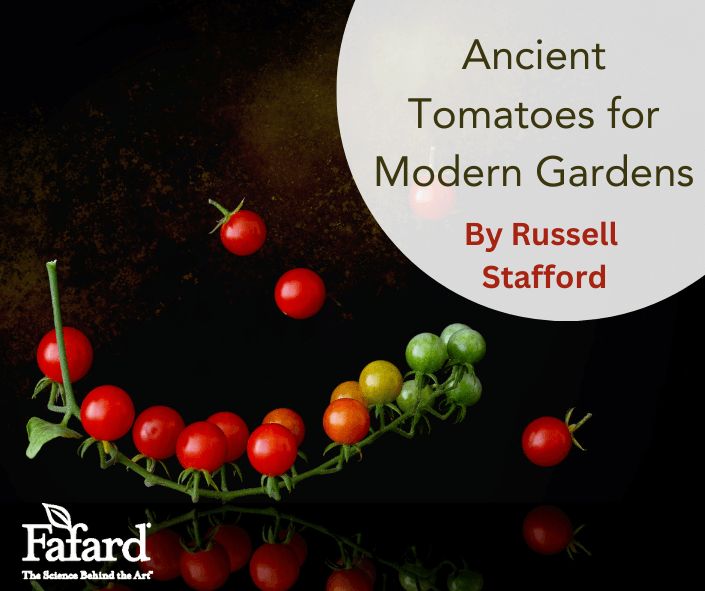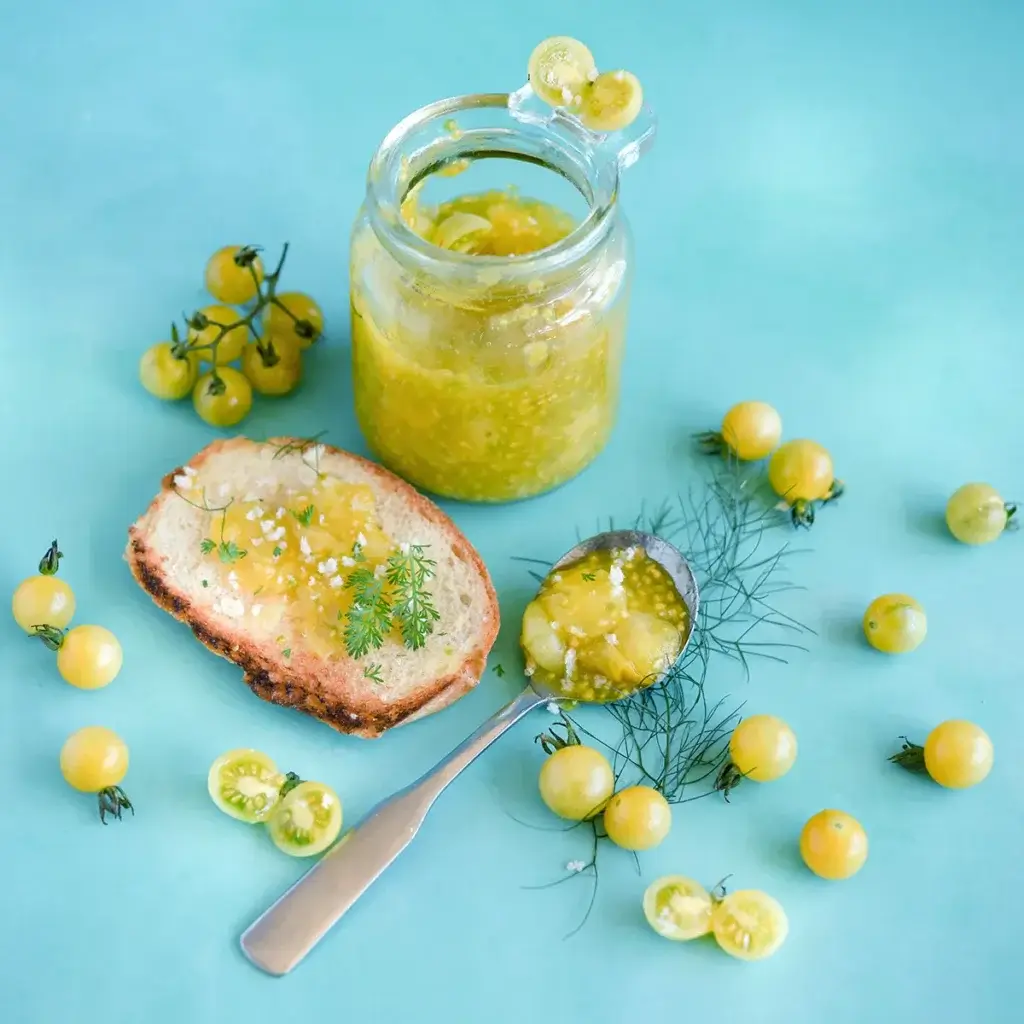
Tomatoes have made an epic evolutionary journey from the currant-sized fruit of their wild ancestor to the beefsteak behemoths of modern times. That gain has come at a price, though – the loss of numerous genes conferring flavor, disease resistance, and other valuable traits.
Currant Tomatoes
The ancestor, Solanum pimpinellifolium (known to tomato aficionados as “pimp”), is native to Ecuador and Peru, where it has long been harvested from the wild. Inhabitants of that region also brought the wild species into gardens, selecting plants that produced the largest and tastiest fruits. Eventually, some of these selections found their way to Mexico, where they were further domesticated and upsized to become the tomato as we know it today (which goes by the botanical name Solanum lycopersicum).
More than a dozen close relatives of Solanum pimpinellifolium occur in various habitats in Chile, Peru, Ecuador, and the Galapagos Islands. They, too, possess genes and adaptability not found in the high-bred tomatoes of today. Some are also notable for their toothsome fruit.
Tomato hybridizers are hard at work incorporating some of these long-lost genes back into modern hybrids to enhance their flavor and their pest- and disease-resistance. But the most direct way to take advantage of these desirable traits is to grow these ancestral tomatoes in your garden. They also make great conversation pieces. Seed is available from several mail-order catalogs specializing in tomatoes or heirloom vegetables. (Baker Creek Heirloom Seeds is a good place to start.)
Growing Ancient Tomatoes
Like domesticated tomatoes, ancestral tomatoes flourish in sun and humus-rich, well-drained soil. Most will take a lot less, often succeeding in iffy soil, drought, heat, and cold that would make compost out of most latter-day hybrids. Nevertheless, you might want to pamper your pimps by incorporating some Fafard® Premium Natural & Organic Compost into excessively sandy or heavy soil. Ample space for the long, clambering, vine-like stems of most varieties is a must.
More Ancient Tomato Species

A good place to begin your pimp collection is with the species that started it all. Borne prolifically in large grape-like bunches, the tasty red mini-tomatoes (about a third-inch in diameter) are best eaten fresh, perhaps scattered over a salad or a stew. Its Galapagos cousin Solanum cheesmaniae produces slightly larger but somewhat less flavorful tomatoes that ripen yellow, on plants that withstand 110-degree heat waves. Sara’s Galapagos – a cultivated variety from those same islands – yields half-inch wide, intensely sweet red fruits. For yet another taste of the islands, try a hybrid of Solanum galapagense such as Galapagos Minor or Improved Wild Galapagos. You’ll get tangy-sweet, orange-fleshed, cherry-sized tomatoes on fuzzy, relatively compact plants.
Mainland pimp relatives available for the growing include Solanum peruvianum, which is represented in seed catalogs by strains selected for their sweet tomato-flavored fruits. About the size of a Galapagos tomato, they differ from the norm in their greenish-white, purple-flushed coloration. Seed from hybrids involving this species and other close relatives such as Solanum habrochaites is also becoming increasingly available. Many show exceptional disease and pest resistance, as well as heat and cold tolerance. Large yellow blossoms suitable for the flower border are a bonus feature of many of these pimp relatives and hybrids.

You can also shop for seed of ancient cultivated tomatoes that show the influence of Solanum pimpinellifolium – including some that escaped cultivation and returned to the wild. Most orginate from areas far to the north of pimp’s natural range.
Florida Everglades is an escapee discovered on a remote island in the swamp for which it is named. Its small red fruits are deliciously sweet with a tart edge. Also bearing small, intensely flavorful fruits are a number of wildling varieties from Mexico including Matt’s Wild Cherry and Chiapas Wild. As with most pimp selections and hybrids, they bear abundant crops on rangy vine-like plants that are less fussy than those of modern tomatoes. If you love carefree tomatoes and aren’t cramped for space, they should be near the top of the list of varieties for your garden.

